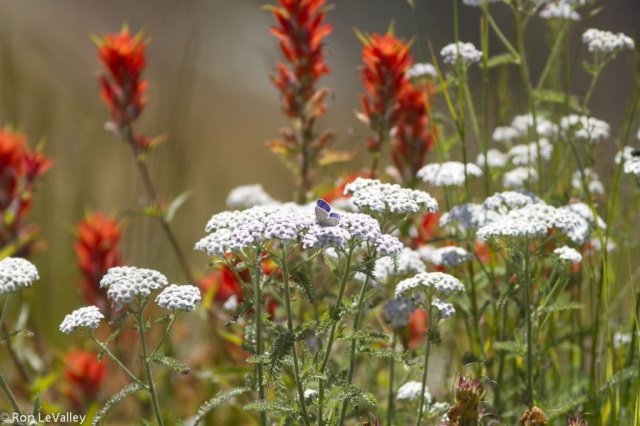
Yarrow (achillea millefolium), also called soldier’s woundwort, is best known for its ability to stop bleeding and prevent infection. A functional antiseptic, styptic, and hemostatic, it was used during battle for thousands of years to pack wounds. If you remember only one plant for the purpose of first aid in nature, let it be this one.

Yarrow contains an alkaloid with the ability to make blood clot faster. It is useful both externally and internally for this purpose. It also contains salicylic acid, a derivative of aspirin, which functions as a pain killer and anti-inflammatory.
Resins present in yarrow possess astringent properties, and the silica helps the body’s natural ability to heal and repair damaged tissues. Yarrow is beneficial to the digestive system, invigorating the appetite and increasing the absorption of nutrients. Its astringent and antispasmodic properties help with digestive and inflammatory issues such as diarrhea or IBS.

Due to the salicylic acid, yarrow can also be useful for treating fever. Some Native Americans chewed the stem for this purpose. The leaves can be chewed for toothache.

A tsp of dried yarrow, or about 3 fresh leaves, can be used to make a cup of medicinal tea, and sweetened to taste. For a milder tasting tea, the flowers can be used. Lemon makes a good addition to yarrow tea. The tea is helpful for allergies (see stinging nettle) and indigestion, and works to lower fever by inducing sweating. It can treat cramps and heavy bleeding during menstruation.
Yarrow tea can be used externally as an astringent face wash. A infusion (strong tea) can be useful as a wash to heal eczema, or can be added to a child’s bath to help reduce fever. Yarrow is a strong herb; for internal use, steep the plant in hot water rather than boiling it.
Yarrow can be found growing in sunny, open places such as in meadows or along the roadside. This perennial native to Europe, Asia, and North America was once a popular leaf vegetable, and the younger leaves, finely chopped, can be cooked like spinach or used in soups. The leaves can be used as a dried herb for cooking.
Notes:
Yarrow is generally considered safe. It may stimulate the uterus and should not be used during pregnancy. Those allergic to plants in the ragweed family may also be allergic to yarrow. Some may develop a contact rash from yarrow. Ingesting yarrow can cause increased sensitivity to light. It also contains small amounts of the compound thujone, which can be toxic in large doses. For information about yarrow’s drug interactions, click here.
cited sources: Gentle Strength Botanicals


